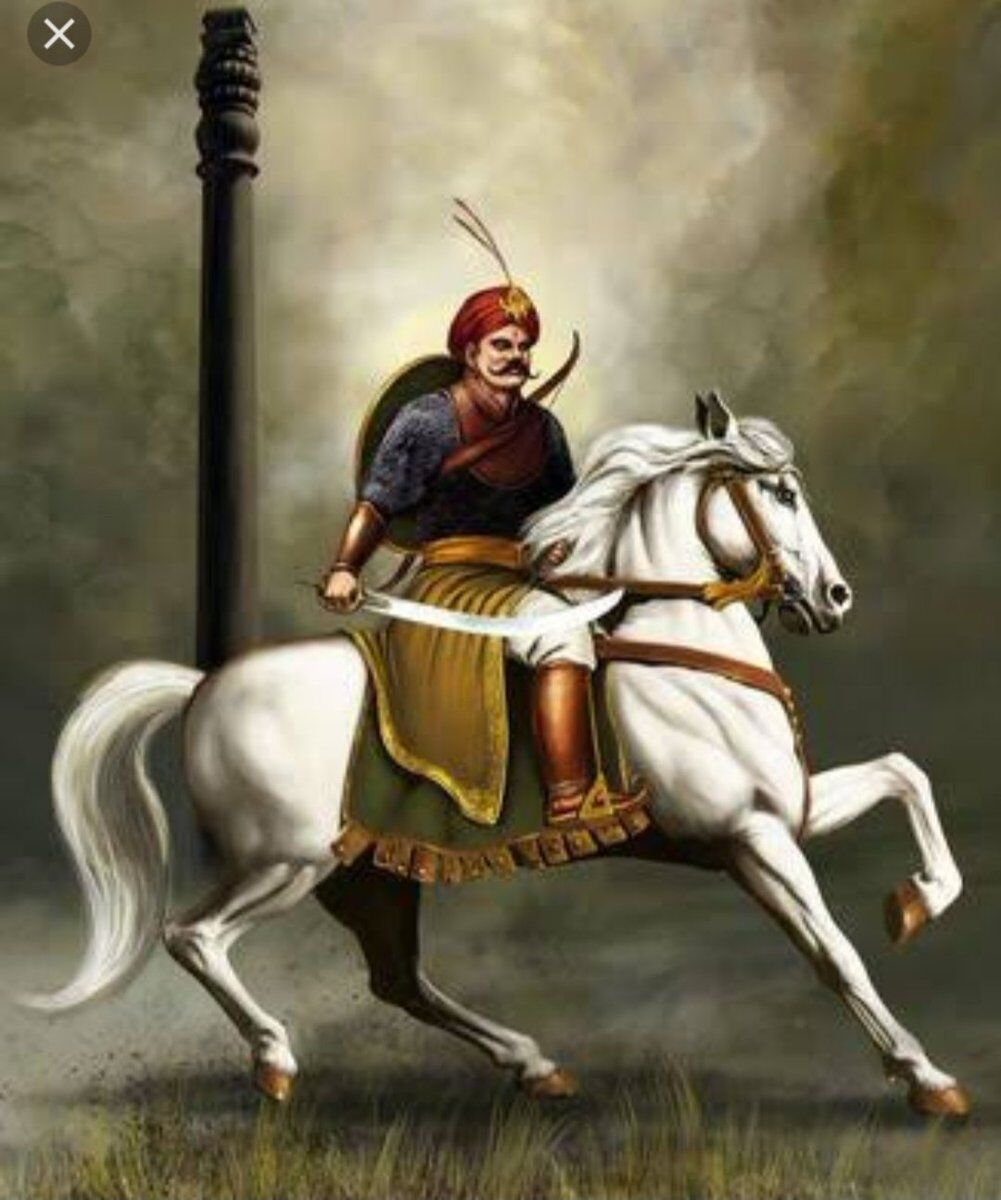The ancient Indraprastha
Ages changed, and so did the rulers, but Indraprastha, believed to be founded in the Mahabharata period, managed to retain its relevance all throughout — adding new attributes along the passage of time

The story of the capital city of India is so intertwined with the history of Bharat, Hindustan, and India, that it is indeed difficult to talk of one without the other. The formidable challenge is not the dearth of sources or reference materials: on the contrary, it is about how to sift the 'salient' from the plethora of information about a city with a living tradition from the second millennium BCE, and projected to be the world's most populous city by 2030. The first known city, Indraprastha, was established by the Pandavas in the Mahabharata period; it was one of the five settlements sought by the Krishna from the Kuru kingdom of Hastinapur (present day Meerut) to avert the war — the other four being Swarnprastha (Sonipat), Panprastha (Panipat), Vyaghrprastha (Baghpat) and Tilprastha (Tilpat). Incidentally, even though these are not part of the National Capital Territory (NCT), they are all part of the National Capital Region (NCR).
The discovery of an Ashokan edict in Brahmi script circa 3rd century BCE on a rock exposure at Bahapur in Srinivaspuri, near Kalkaji temple, suggests that it marked an important trans-regional trade route of North India, connecting the Gangetic Delta with the north-western part of the Indian subcontinent. Another view is that this was the location of one of the five temples built by Pandavas. The city found a mention as 'Indapatta' or 'Indapattana' in Buddhist texts, where it is described as the capital of the Kuru Kingdom, situated on the Yamuna River.
Indraprastha was known to the Greco-Roman world as well: Ptolemy's 'Geography' (2nd century CE) described the city as 'Indabara'. Although during the Maurya, Kushan, Gupta, Vardhan and Gurjara Pratihara dynasties it continued to be a garrison outpost as well as an important centre for trade and pilgrimage, political power had moved to Pataliputra in the Maurya and Gupta periods, Pauraspura (Peshawar) in the times of Kushans, Kannauj in the times of Vardhans and Ujjain in the times of the Pratiharas. The Tomar dynasty resurrected the political fortunes of Delhi by establishing Surajkund and Lalkot in the 9th century. Although Abul Fazal in his work, 'Ain I Akbari', says that Quila Rai Pithora was built by Prithvi Raj Chauhan in 1180 CE, there is evidence to suggest that the actual builder was Anangpal Tomar. However, it was Prithviraj Chauhan who lost the city to Mohammad Ghori in 1192. In a manner of speaking, this also marked the erasure of Bharat, and the advent of Islam to the sub-continent — first under the Mamluks, Khiljis, Tughlaqs, Sayyids and Lodhis (from 13th to 15th centuries) and then the Mughals who made it the world's most resplendent city. The Mamluks first camped in Mehrauli and established the Qutub Minar complex in 13th century. However, the iconic three-tonne Iron Pillar (23 feet and 8 inches high and 16 inches wide) was originally erected during the time of Emperor Chandragupta II (375-413/14 CE) and moved to its present location by Anangpal Tomar in 11th century. The Siri Fort, which was established by Alauddin Khilji in 1300 CE, was followed by the establishment of Tughlaqabad, Jahanpanah and Firozabad by the Tughluqs from 1320 to 1354. Between 1538 and 1545, Humayun developed Dinapanah, and Feroze Shah Suri built Shergarh — both in the vicinity of the site of Indraprastha (Purana Quila area). When the Mughal Empire was at its zenith (1638-1649), Shah Jahan built Shahjahanabad, with Chandini Chowk, Jama Masjid, and Lal Quila, where the Mughals lived till the fall of the empire in 1857. However, the Mughals had lost effective power to the Marathas in 1759, and in 1783, the combined Khalsa armies — the Sikhs under the combined leadership of Baghel Singh of the Karorsinghia, Jassa Singh of Ahluwalia and Jassa Singh of Ramgharia Misl — occupied the Red Fort, took possession of the Mughal throne on which Aurangzeb had sentenced Guru Teg Bahadur to death and built Gurudwaras across Delhi, including the historic Sis Ganj, Rakab Ganj and Bangla Sahib. But the Khalsa army left Delhi after making its presence felt and the Marathas held on till 1803 when the British took effective control after the Anglo-Maratha war in which the Marathas were trounced. In 1857, owing to the disaffection on account of the annexation of Oudh (Awadh) and the introduction of 'greased cartridges' which both Hindu and Muslim soldiers felt was an act of sacrilege, the soldiers rallied behind Bahadur Shah Zafar who was cast into the leadership role 'most reluctantly'; but he was a convenient scapegoat who spent his last years in exile in Rangoon. Even when the capital of British India was Calcutta, Delhi continued to be the venue for most significant political events and announcements, till it became the first city of India again.
Views expressed are personal



